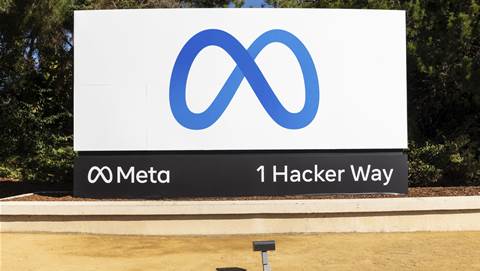
The report gives HP 17.7 percent of global laptop sales, pushing Dell into second place with 17.5 percent. Acer come in third with 11.8 percent, followed by Toshiba and Lenovo.
HP's strategy has been to concentrate on developing markets such as Asia Pacific and Latin America. The company still lags behind Dell in the US and Acer in Western Europe, but these are relatively mature markets.
Of the big five producers Acer showed the strongest growth, with sales up nearly 40 percent. But smaller producers also did well, with Asus growing at 68 percent, Apple at 63 percent and Sony at 47 percent.
Most of the laptops now are wide screens, and only Lenovo still sells the majority of its laptops with standard aspect screens.
"For a long time many brands promoted wide screens as a differentiating factor, and charged a premium for these products even after panel prices between comparable wide and standard aspect panels disappeared," said John Jacobs, director of notebook market research at DisplaySearch.
"Brands that were hungry for market share were quick to drop the street price premium, even running 'free upgrade' promotions encouraging customers to make the transition.
"Additionally, brands with a heavier reliance on the enterprise market faced the hurdle of convincing IT managers to embrace wide-screen products and support additional configurations."



.png&h=140&w=231&c=1&s=0)





 iTnews Executive Retreat - Security Leaders Edition
iTnews Executive Retreat - Security Leaders Edition












_(1).jpg&h=140&w=231&c=1&s=0)



